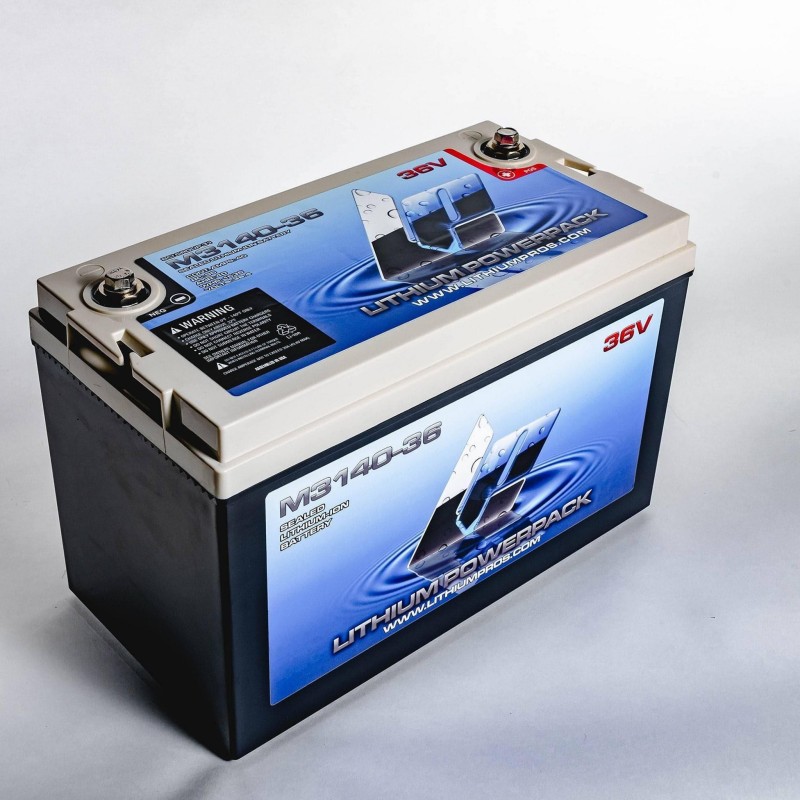When considering the functionality of a vehicle, one of the most critical components is undoubtedly the car battery. It provides the necessary power to start the engine and supports various electrical components, including lights, radio, and computer systems. However, many vehicle owners may find themselves asking: how do car batteries charge? Understanding this process is essential for maintaining vehicle performance and avoiding unnecessary breakdowns. In general, car batteries charge through a combination of the vehicle’s alternator and the electrical system. When the engine is running, the alternator generates electricity, which not only powers the car’s electrical components but also recharges the battery. This article aims to provide an in-depth exploration of how car batteries charge, the different types of car batteries, factors influencing battery performance, and essential maintenance tips to extend battery life. By comprehending these concepts, you’ll be better prepared to keep your vehicle in optimal condition and troubleshoot any issues that may arise.
The Basics of Car Batteries
Before diving into how car batteries charge, it’s essential to understand what they are and their fundamental role in a vehicle. Car batteries are rechargeable power sources that store energy for starting engines and powering electrical components.
Structure of a Car Battery
Most car batteries consist of several key components:
- Cells: A standard car battery usually contains six cells, each responsible for producing about 2.1 volts, which combine to provide a total voltage of approximately 12.6 volts when fully charged.
- Electrolyte Solution: Inside each cell is a mixture of sulfuric acid and water, which serves as the electrolyte. This solution facilitates the chemical reactions necessary for energy storage and release.
- Lead Plates: Each cell is equipped with positive and negative lead plates coated with active materials that participate in the chemical reactions needed to store and release electricity.
Different Types of Car Batteries
Understanding the different types of car batteries is important, as each has unique charging characteristics:
- Lead-Acid Batteries: The most common batteries used in vehicles today. They are generally affordable and reliable, making them a popular choice for starting engines.
- Absorbent Glass Mat (AGM) Batteries: These batteries use fiberglass mats to absorb the electrolyte. They are more durable, resistant to vibrations, and often found in luxury or performance vehicles.
- Lithium-Ion Batteries: Less common in traditional vehicles but gaining popularity in electric and hybrid cars, these batteries charge quickly and have a longer lifespan.
How Car Batteries Charge
To grasp how do car batteries charge, we need to explain the role of the alternator and charging system in a vehicle.
The Role of the Alternator
The alternator is a crucial element of the vehicle’s charging system. Its role includes converting mechanical energy from the engine into electrical energy. Here’s how it works:
- When the engine is running, the crankshaft turns the alternator.
- This action generates electricity, which is then sent to the battery to recharge it.
- The alternator produces alternating current (AC), which is converted to direct current (DC) by diodes within the alternator before being sent to the battery.
Charging Cycle
The charging process involves several steps:
- Starting the Engine (Ignition): When you turn the key or press the start button, the battery supplies a burst of power to the starter motor, which initiates the engine’s operation.
- Power Generation: Once the engine starts, the alternator begins producing electricity. It supplies power to the car’s electrical systems and recharges the battery.
- Voltage Regulation: The voltage regulator keeps the voltage within an optimal range (typically between 13.8 to 14.5 volts) to avoid overcharging or undercharging the battery.
- Battery Charging: The produced electricity flows to the battery, replenishing its charge as needed, according to its state of discharge.
Factors Affecting Battery Charging
Understanding how various factors influence car battery charging is essential to maintaining a healthy battery. Here are some key factors to consider:
Temperature
- Extreme Warmth: High temperatures can accelerate the rate of charge in a battery but may also lead to overcharging. This situation can cause gassing and lead to reduced battery lifespan.
- Extreme Cold: Cold temperatures can slow down the chemical reactions in a battery, leading to reduced efficiency in charging. At extremely low temperatures, the battery may not be able to hold a charge.

Battery Age
As batteries age, their ability to hold a charge diminishes. Older batteries may charge more slowly or not hold a charge at all, impacting the vehicle’s performance. Regular battery checks are essential to identify any decline in capacity.
Electrical System Health
Issues within the vehicle’s electrical system, such as faulty wiring, short circuits, or damaged alternator components, can impact charging efficiency. Ensuring the electrical system is in good condition helps maintain effective charging.
Driving Habits
Driving frequency and driving style also affect battery charging:
- Frequent Short Trips: If you consistently take short trips, the alternator may not generate enough time to recharge the battery adequately.
- Extended Idle Time: Allowing your vehicle to idle for long periods may not generate enough charge to replenish the battery, especially if electrical components like lights or radios are running.
Testing and Diagnosing Battery Health
Regular testing and diagnosis of your car’s battery can identify potential issues before they impact performance. Here are some methods to assess battery health:
Using a Multimeter
A multimeter is a useful tool for checking battery voltage. By following these steps, you can assess the health of your car battery:
- Set the multimeter to the DC voltage setting.
- Connect the red lead to the positive terminal and the black lead to the negative terminal of the battery.
- A fully charged battery should read approximately 12.6 volts or more. If it reads below 12.4 volts, it may indicate a low charge.
Load Testing
This test evaluates how well your battery performs under load. To conduct a load test:
- Use a battery load tester and connect it to the battery terminals.
- Follow the tester’s instructions for applying a load for a specific duration (usually 10 to 15 seconds).
- Observe the voltage drop during testing. If it drops below 9.6 volts under load, the battery may be weak and in need of replacement.
Checking Cables and Connections
Faulty cables and connections can impact charging efficiency. Regularly inspect battery cables for signs of corrosion, fraying, or damage, ensuring secure connections at the terminals.
Maintenance Tips for Prolonging Battery Life
Taking measures to care for and maintain your car battery can extend its lifespan significantly. Here are several practices for battery maintenance:
Clean the Terminals
Corroded battery terminals can hinder charging efficiency. Periodically cleaning the terminals with a mixture of baking soda and water can help remove corrosion and establish better connections.
Check Fluid Levels
In lead-acid batteries, checking electrolyte fluid levels is vital. If levels are low, top them up with distilled water, following the manufacturer’s instructions.
Disconnect During Long Periods of Inactivity
If you plan not to use the vehicle for an extended period, consider disconnecting the battery to prevent draining. Some people opt for battery maintainers that keep the battery charged without overcharging.
Regularly Schedule Maintenance Checks
Incorporate battery checks into regular vehicle maintenance schedules. Professional assessments can provide insights into battery health and ensure optimum performance.
The Importance of Car Battery Maintenance
Understanding the mechanics of how do car batteries charge is crucial for effective maintenance. A well-maintained car battery can improve overall vehicle performance, fuel efficiency, and reliability. Neglecting battery care can lead to premature failure and costly repairs.
- Prevention is Key: Addressing minor issues proactively can save on expensive repairs and increase safety.
- Environmental Considerations: Well-maintained batteries are less likely to leak harmful substances into the environment, helping keep both the vehicle and surroundings healthy.
- Performance Enhancements: A fully charged and functioning battery allows the vehicle’s electrical systems to operate optimally, improving overall driving experience.

Conclusion
In conclusion, understanding how do car batteries charge is essential for anyone who owns or operates a vehicle. From the role of alternators to the various types of batteries available, a comprehensive grasp of these concepts will help ensure your car remains in tip-top shape. By recognizing the symptoms of battery trouble and implementing regular maintenance routines, you can extend the lifespan of your battery, enhance your car’s performance, and ultimately save on replacement costs.
Owning a vehicle comes with a degree of responsibility, and maintaining its battery is a crucial part of that equation. By monitoring battery health, understanding the charging mechanism, and applying essential maintenance tips, you can enjoy a reliable driving experience for years to come. With the knowledge you’ve gained, you are now well-equipped to tackle any battery-related concerns confidently, ensuring smooth starts and trouble-free travels.

